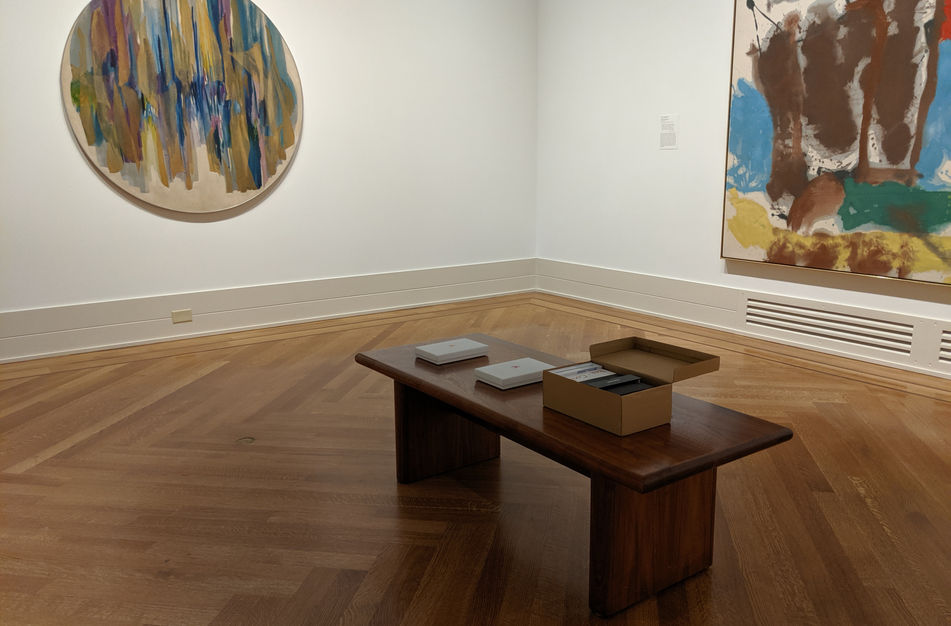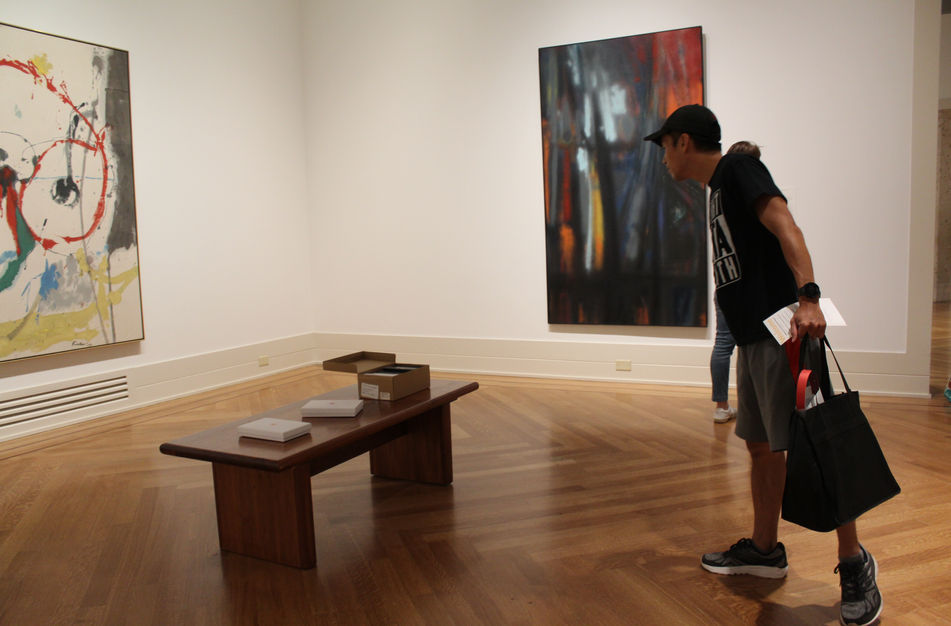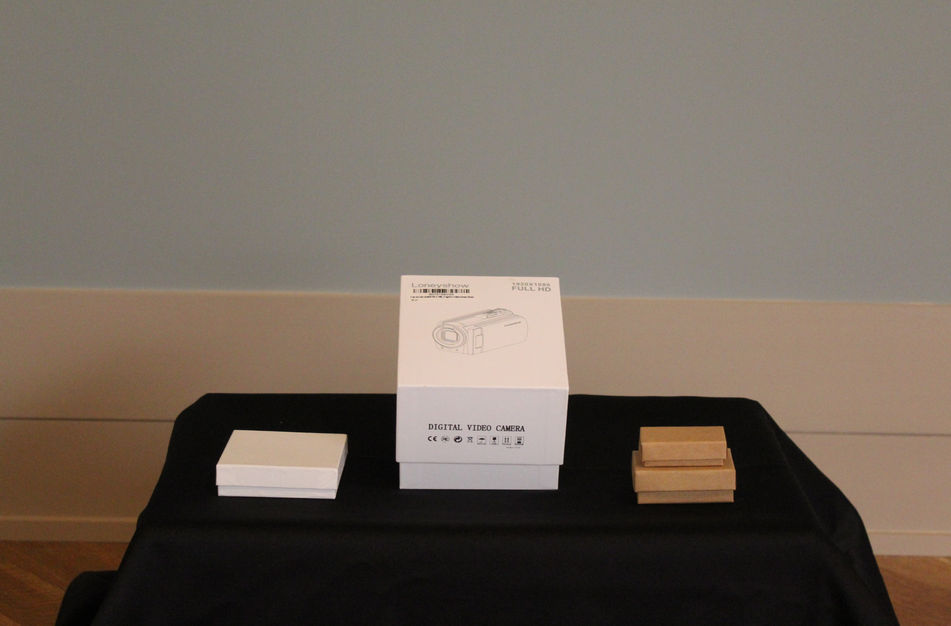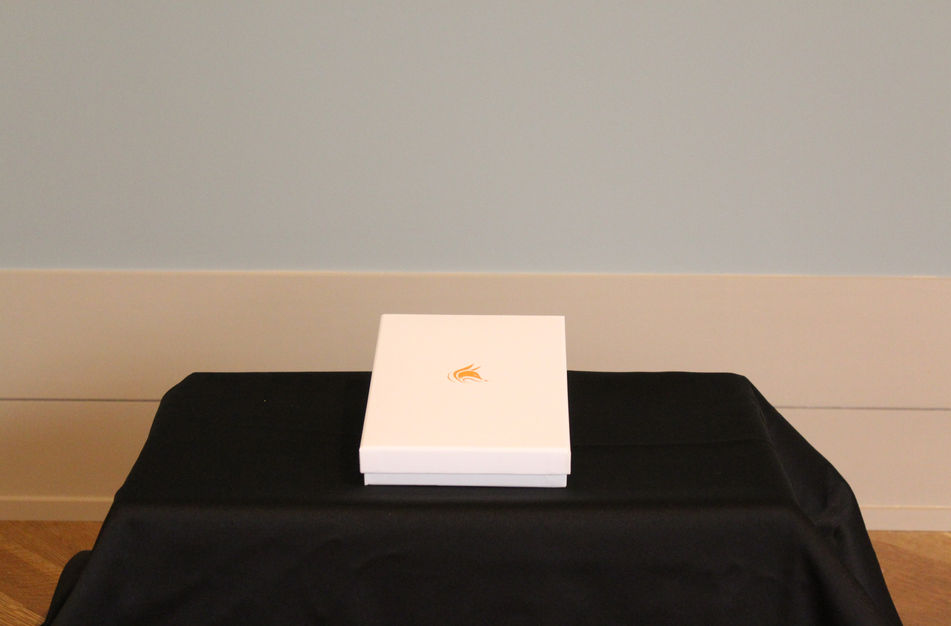
Behind the Box
Stories of memory, control and everyday life
About the project
"Behind the Box - Stories of memory, control and everyday life" is a collection of 50 boxes, all empty, most of them different in shape, size and origin. 21 of them constituted the "original" collection, others were added later and I am still wondering if they will stay or if they will go.
Why was I keeping these boxes? What did I want to do with them? Was I hoarding or collecting? These, in my original thought, lifeless empty boxes that were not even hosting their original product anymore, had to be fulfilling a purpose, completing a need for me. They were keeping a secret, my secret I guess. These boxes were giving me a sense of control, order, organization. They were (and still are) my boxes. Like an army of soldiers under my command, they would do as I say. I had given these boxes a new life, a new meaning, a new value.
I started studying them carefully. I measured them, researched their material, their origin, their initial purpose.

To me, they felt like an archeological finding. I discovered them! And what I found in my digits told me a lot about this moment in my life: "I might not be able to control many things, but I have my boxes, I control them..."
Since the beginning of the project, I felt like they should be placed or exhibited in a museum setting. I was not going to wait for validation, I had to get them out there. Secretly, I took them to the VMFA in Richmond, VA and placed them as an installation on a bench in the Contemporary Art Room. I let them proudly show themselves to the public, with their new added value. People stopped, looked at them, played with them, appreciated them. And I felt like their new purpose was fulfilled. These are not just empty boxes anymore: they contain memories, they contain control, they contain stories of everyday life. They have seen the light of the day, and now, they live permanently here at The Imaginary Gallery
Collection





















The original collection consisted of 21 boxes gathered over the past 2 years and 4 months.




Research
Thinking about the meaning of my boxes I started looking for other artists that had worked on the subject and how they had approached it. Boxes may seem boring at first, especially if they are empty, but there is actually a world behind them and a whole lot of meaning that one may not see at a glance.
Two of the artist I found while working on my investigation were Joseph Cornell and Dean Hughes. Their approach to the object was so different and yet, so unique and beautiful. To me, it validated and enhanced the object, taking it from a mere container to a piece of conceptual art.
Joseph Cornell was an American artist and filmmaker, and one of the most celebrated exponents of assemblage. Joseph Cornell is best known for its "Memory Boxes" Or "Shadow Boxes". The pieces are glass-fronted boxes into which he placed and arranged Victorian bric-a-brac, old photographs, dime-store trinkets, and other found elements. The resulting art-work was dream-like miniature tableaux that inspire the viewer to see each component in a new light. Cornell often used the shadow boxes to address recurrent themes of interest such as childhood, space, and birds, and they represented an escape of sorts for their creator, who was famously reclusive.
On the other hand, Dean Hughes is a Contemporary British artist currently leaving in Edinburg. His approach to art is through everyday materials and objects that might not be loved by themselves, but that have great value once they come in touch with the artist's hand. In his own words:
“My work doesn’t start with materials, it starts with objects that have a use. When I began thinking about making artwork I wasn’t too interested in bronze or canvas, or any other traditional forms, because they come with a preconceived hierarchy. I was interested in things I thought didn’t have a relationship with art, like puddles or bus tickets. These things are from a similar family, they’re perfunctory and unloved things. I have found that trying to forget about making art opens up a much more generous process. This series originated from notebooks; I used the cardboard backings from the used writing pads I had. I became intrigued by the ring binder holes that were punched down the side. I made a cube just as a way to look at the holes without having to hold the card in my hand. There was enough in this activity to allow me to make more. For me, it’s like building a relationship with them.
My work used to be more about ideas, but now it’s much more about me seeing myself doing an activity. The process is really crucial. It’s about making artwork from a thing which I think hasn’t been noticed. Part of my process is just looking at my objects in space. My studio is in my flat and the works were made in different rooms, so I spent a long time living with them and looking at them in an everyday functional environment. It wasn’t until I first installed them in an empty space that I became aware of how much they are looking at you. I was surprised by how alive they seem. People often think of them as bird boxes or some form of architecture, but I don’t really think about them in a representational way. When I look at them it’s like they’re really full, like each one might have something in it.”
























